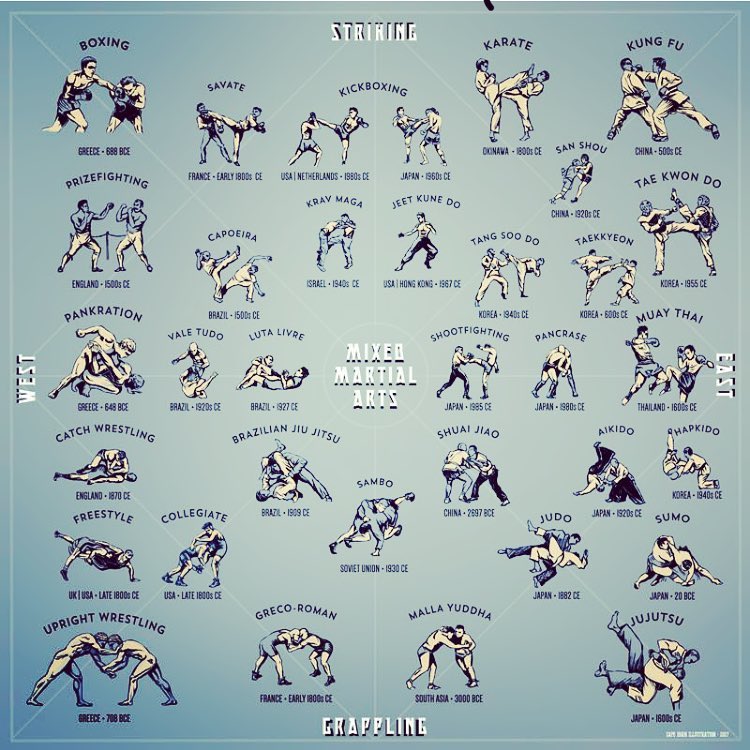Recognizing The Fundamental Distinctions Between Typical Martial Arts And Modern Combat Sports
Recognizing The Fundamental Distinctions Between Typical Martial Arts And Modern Combat Sports
Blog Article
Material Created By-Skovbjerg Brady
When you consider martial arts, do you lean a lot more toward the traditional techniques or the modern fight sporting activities? Each course provides unique benefits and experiences, formed by their ideologies and training techniques. Traditional martial arts stress personal growth and technique, while modern-day combat sporting activities focus on competitors and efficiency. Understanding these distinctions can direct you in selecting the right strategy for your journey. However just how do these differences manifest in training and approach?
The Philosophy and History Behind Conventional Martial arts
While many individuals link martial arts with physical battle, the viewpoint and history behind standard martial arts run much deeper. You'll find that these self-controls highlight individual growth, self-control, and regard.
Originating from Get More , standard martial arts were frequently developed for Self-Defense and spiritual growth. They symbolize concepts such as equilibrium, harmony, and self-constraint, assisting experts beyond mere battling abilities.
As will martial arts help in a fight educate, you'll not just find out strategies yet likewise get insights into the society and worths that shaped these arts. The rituals and customs, often given with generations, foster a sense of community and belonging.
The Competitive Nature of Modern Combat Sports
Modern combat sports have actually transformed the landscape of martial arts into an extremely competitive arena, where athletes face off in a test of ability, approach, and endurance.
your domain name 'll observe that competitions are often organized with strict rules and policies, making sure fair game and safety and security. These occasions draw in huge audiences, sustaining the excitement and strength of matches.
Professional athletes train rigorously, not just for physical expertise yet additionally for psychological durability, knowing that every information counts in the ring. The adrenaline thrill throughout competitors is palpable, as competitors push their limitations to claim triumph.
Fans appreciate the athleticism and virtuosity involved, making modern battle sporting activities a thrilling spectacle that remains to develop and captivate fanatics all over the world.
Training Approaches and Methods: A Comparative Analysis
The competitive ambience of contemporary battle sporting activities demands innovative training techniques that vary substantially from traditional martial arts.
In https://milonyhpy.topbloghub.com/41397094/recognizing-the-different-belt-degrees-in-taekwondo-essential-info-to-familiarize-yourself-with -day training, you'll focus on certain techniques, sparring, and conditioning, usually using drills that replicate actual fight situations. You'll see an emphasis on measurable performance and frequent competitors to analyze your abilities.
On the other hand, typical martial arts focus on forms, katas, and thoughtful trainings, usually stressing technique and regard over competitors.
Training is typically less intense and may involve recurring method rather than real-time sparring.
While both approaches build skill and fitness, modern fight sporting activities supply an extra dynamic and adaptable training environment, preparing you for immediate obstacles in the ring or cage.
Select the path that aligns with your goals and interests.
Conclusion
In picking between typical martial arts and modern fight sporting activities, it actually boils down to what you value the majority of. If you're looking for individual growth, self-control, and a sense of area, standard arts may be your best fit. However if you grow on competitors and real-time difficulties, modern-day fight sports could be the method to go. Inevitably, both courses offer unique advantages, so it's all about straightening your training with your personal objectives and passions.
